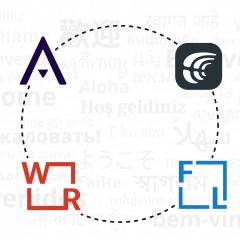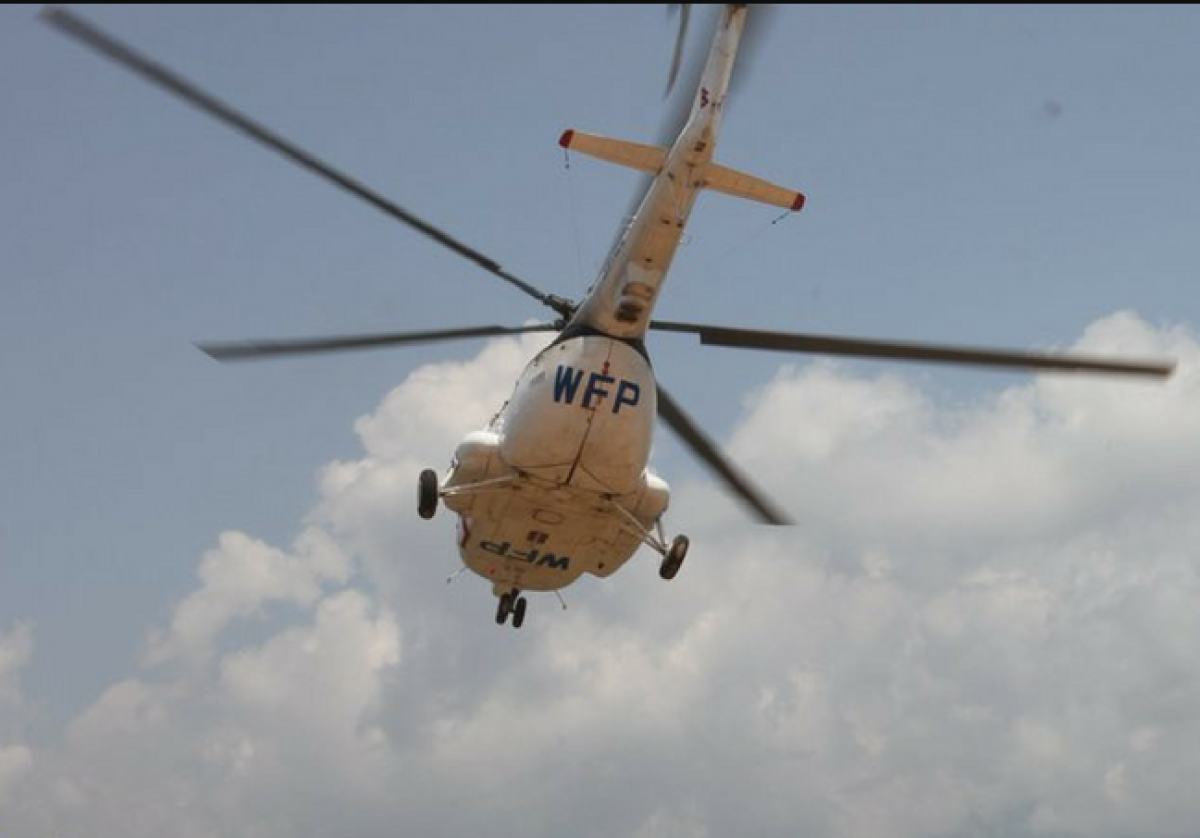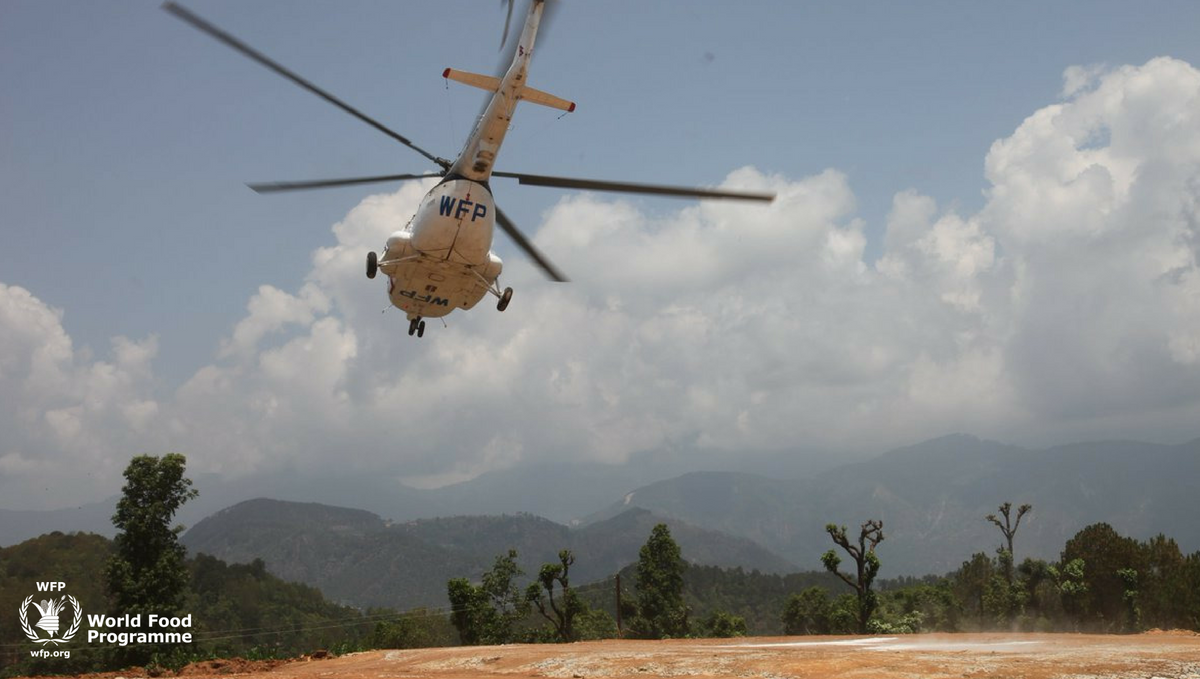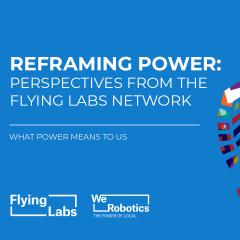
World Food Program Teams up with WeRobotics
April 3rd, 2017

The World Food Program (WFP) is officially partnering with WeRobotics to develop coordination mechanisms to guide the safe and effective use of aerial robotics (UAVs) in response to humanitarian disasters. With 80 country offices around the world, WFP provides food assistance to some 80 million people in nearly 80 countries each year. WFP was also one of the very first humanitarian organizations to explore the use of UAVs back in 2007. So we’re deeply honored that WFP selected WeRobotics as the implementing partner for this important project. The need for coordination mechanisms is absolutely imperative given the increasing use of UAVs following major disasters. To be sure, the lack of formal coordination mechanisms is already presenting serious problems during relief efforts.
![]()

This year-long partnership with WFP will comprise 4 Experts Meetings coupled with Disaster Simulations in Peru, Dominican Republic, Indonesia and Myanmar. Each meeting will convene key stakeholders from the host country including participants from government, civil society and private sector. The purpose of these meetings is to develop practical coordination mechanisms by taking a bottom-up approach and then testing these mechanisms by applying them in disaster response simulations. The global effort to build more effective humanitarian coordination systems rests upon six pillars which will form the basis of the discussions at the experts meetings. These pillars are: Partnership Frameworks; Tools and Solutions; Technical and Data Standards; Policy and Regulation; Community Engagement; and Advocacy and Communications.
The World Food Program brings extensive experience in coordination and logistics and works directly with aviation authorities around the world to facilitate food delivery during and after humanitarian crises. Local participants from government, civil society and the private sector will provide invaluable local know-how and knowledge to inform the development of practical coordination mechanisms. We’re very pleased to run these upcoming meetings and to bring our deep expertise to these important discussions. By the end of this multi-stakeholder, consultative process, we will have jointly developed formal and practical UAV coordination mechanisms to enable the safe and effective use of UAVs in disaster response.
Recent Articles

